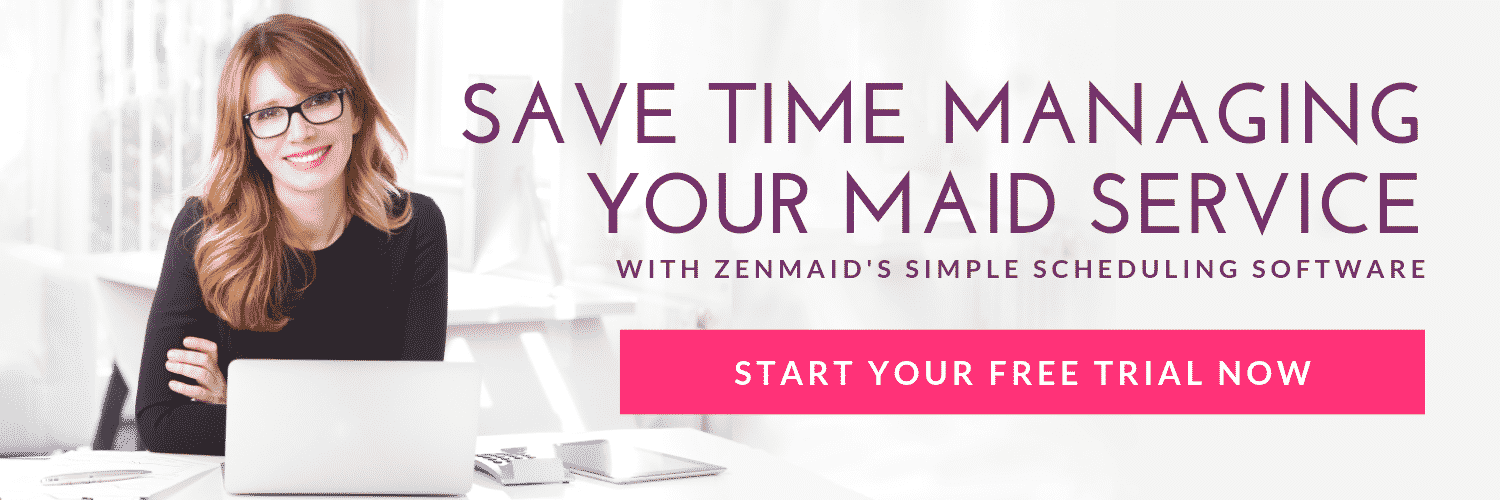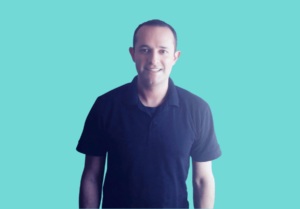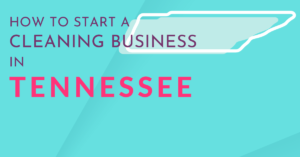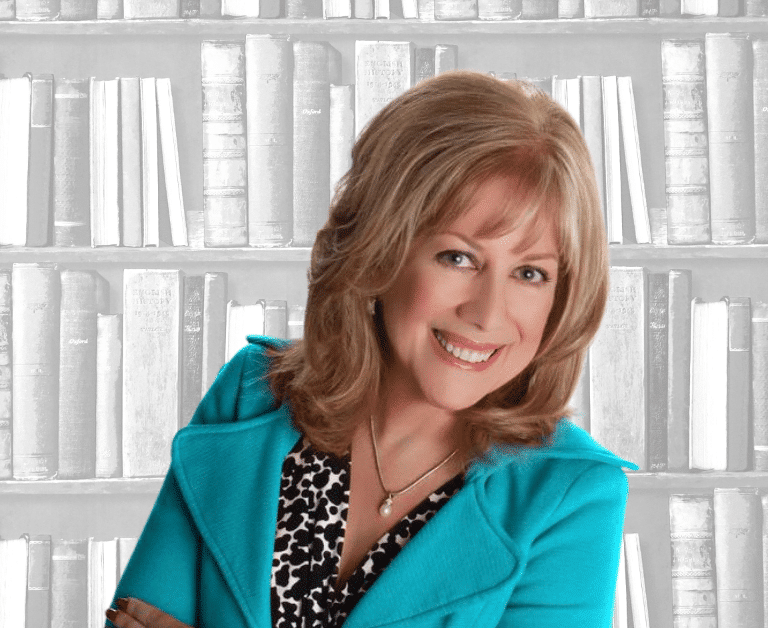Last Updated on August 21, 2023 by The ZenMaid Team
When you run a maid service, a big chunk of your business likely comes through phone calls. Of those calls, some of them will come after business hours, and there will inevitably be calls that you miss.
When you miss calls, you end up having to spend time listening to messages, returning calls, or sitting in front of the phone waiting for people to call back.
Even if you have an office manager or virtual assistant in charge of answering and returning calls, you’re probably losing a percentage of your business with every missed call.
Besides: sitting by the phone, waiting for it to ring, isn’t the best use of time for anyone. You’re better off spending your time exploring new marketing channels, nurturing customer relationships, and creating a good team culture.
In this post, we’ll show you how you can create an automated system for making sure every customer who calls you gets a response, and moves through your sales process. And the best part: you’ll never have to worry about returning calls that come in after hours or figuring out how to reach people who don’t leave a message.
Missed calls are missed opportunities for new customers
Missed calls are an inevitable – yet problematic – part of running a business like a maid service. Even if you do most of your marketing online and give customers opportunities to book on your website, there will always be those customers who prefer to call and speak with someone.
Unless you have someone sitting by the phones 24/7, you’re going to miss some of those calls. Those missed calls are missed opportunities for new customers. Even if you call back the next day, they may have already gone with one of your competitors while they were waiting.
Let’s do some simple math.
Suppose you miss 4 calls a day. That adds up to 120 missed calls per month. If 30% of those are booking calls, you could be losing upwards of $5000 every month.
Those missed calls could end up being so much more. You’re not just losing one paying customer. You are also losing a potential recurring booking, a great referral, or a good review – all of which can impact the long-term growth of your maid service.
How to miss fewer calls, with less phone time
The solution to missed calls isn’t to spend more time on the phone or hire someone to monitor calls. The most efficient way to capture leads through phone calls is to use automation tools.
The right automation tool can give callers the information they’re looking for, even if no one is there to answer the phone.
But before you can implement a new tool or process, you have to find out why your customers are calling and how you can provide them with this information in a more automated way.
Understand your customers
Most of the time, customers are calling so that you can help them solve a particular pain point.
Before you can start automating the way you interact with callers, you need to know why they are calling you in the first place and what pain point they want to solve.
Try to identify the most common interaction you have with customers who call.
Some of the most common reasons are likely to be:
- They are looking for a quote or price estimate
- They want to schedule their next cleaning
- They want to confirm their booking
- They want to know what time your team will arrive
- They want to give feedback about their experience
If you can understand why they are calling, you can create opportunities to answer them without speaking with someone directly.
Automate your communication based on customer data
Once you understand why people are calling, you can start creating better systems to solve these pain points.
For example, if most people call to request a quote, you need to automate your quote process or let callers know that you can provide automated quotes on your website.
If most calls are from customers who want to confirm their bookings, this tells you that you need to create a more automated confirmation process so that customers know their bookings are confirmed.
It’s also important to understand when you’re missing calls so that you can initiate an automated messaging or forwarding system during those times.
Use an automation tool
According to recent research into people’s phone habits, 80% of customers would rather hang up than leave a voicemail. This means you can’t rely on messages to know what they were calling about.
The best way to capture that information is to use an automation tool, like Emitrr, that will initiate a texting conversation to engage with callers you’ve missed.
Here’s how it works.
When a customer calls and no one answers, the customer will then get a text message that operates like a chatbot.
You can customize this message to say that you’re sorry you missed their call and try to understand what they were calling about.
Here’s an example of what this message can look like when you miss a customer call.
This conversation works just like a chatbot. You can ask them to tell you what they need help with and offer suggestions based on common reasons people call.
Then the chatbot will continue the conversation based on the answers to their questions using conditions that you’ve set on the backend of the app.
For example, if someone wants to book a service, you can ask them what type of service. Depending on their answer, the chatbot will ask them for more necessary information to complete their booking.
Best practices for using a messaging bot
Here are a few things to keep in mind when incorporating automated messaging for your missed calls:
- You should still make sure that you are checking for voicemails and returning calls when people leave a message.
- When setting up the chatbot, use conversational language so that you can learn more about your customer and help as much as possible.
- Don’t immediately try to send callers to your website. If a customer is calling, it usually means they want to have a conversation rather than fill out a form.
- Give your customers an option to opt-out of the chatbot and request that you call them back instead.
Final Thoughts
Phone calls might be on the decline, but they are hardly a thing of the past. No matter how much you try to digitize your business, there will always be people who prefer to pick up the phone and call.
Using the tips in this post, you can still accommodate those customers while adding in automations to help you spend less time on the phone and make sure that missed calls don’t lead to missed business.
To learn more about how to incorporate a 24/7 answering software into your maid service, check out Anmol’s full presentation from the 2020 Maid Summit. He’ll show you more about how Emitrr can help you create an automated system for answering calls after hours in the talk.
About the presenter
Anmol Oberoi is the Founder of Emitrr, a virtual receptionist for maid service businesses that helps schedule cleanings, even after office hours. Anmol has six years of experience scaling the marketing efforts of two multi-million dollar software platforms. In this post, he’ll show you how to never miss another call from a potential customer without always manning the phone.
Find more helpful tips and advice on the ZenMaid Magazine:
- How Cheryl Hajjar Added $75k to Annual Revenue With One Maid Service Tool
- Q&A with Stephanie Pipkin: Lead Generations Tips for Maid Service Owners
- 10 Things I Do in a Day as a Maid Service Owner
- The Ultimate Guide To SEO for Cleaning Companies [2024 Guide]
- Start Delegating Like a Pro: VA Delegation for Maid Services














